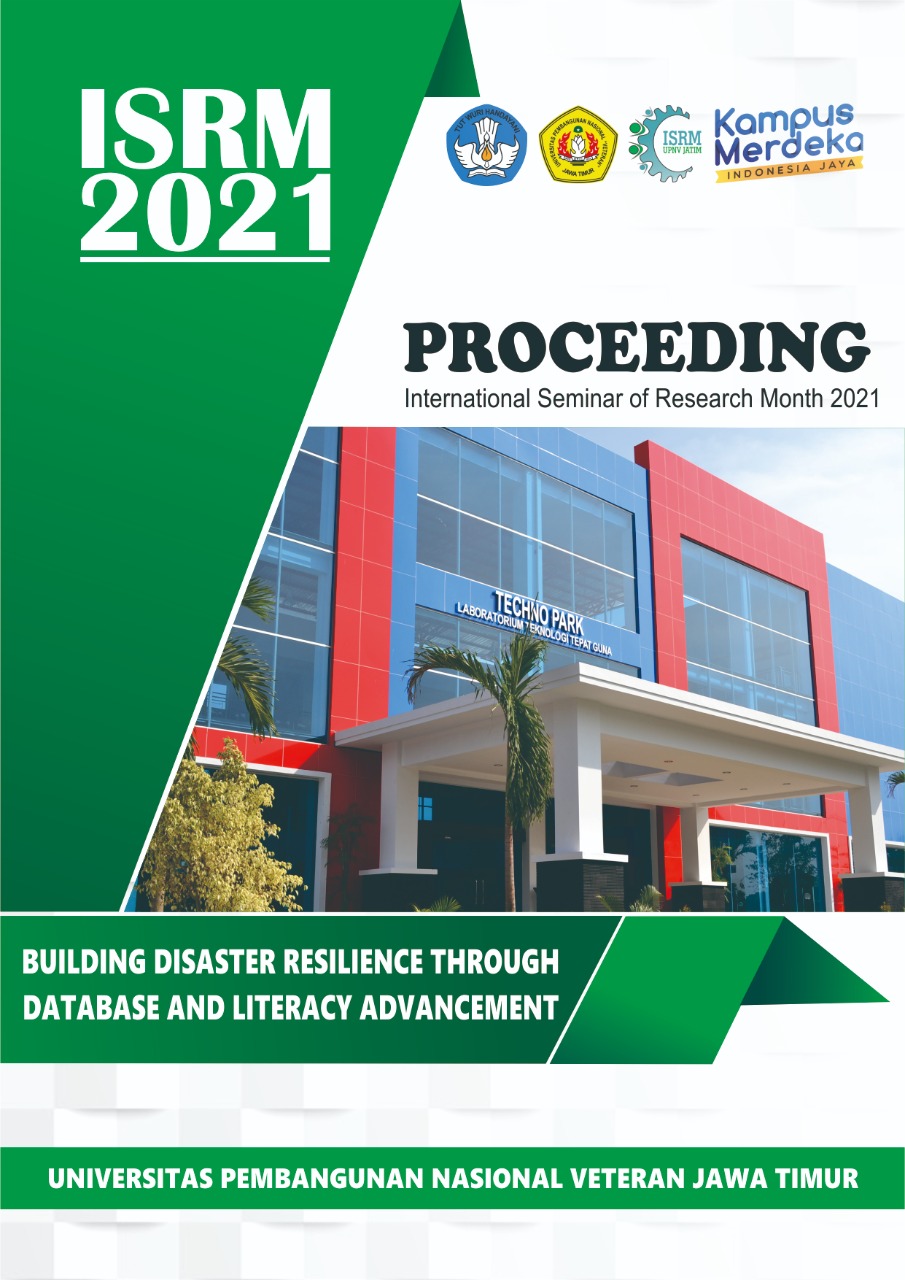Effect of Hydrolysis Time and Bromelain Enzyme Concentration on Protein Levels Of Apple Snail (Pila ampullaceal) Hydrolyzate
DOI:
https://doi.org/10.11594/nstp.2022.2452Keywords:
Apple snail, protein, bromelain, hydrolysis timeAbstract
A high enough population of snails is considered detrimental to society. Currently, snails have a fairly low economic value, even though the protein content is quite high. In general, animal protein content is higher than vegetable protein, but animal protein tends to be more expensive. The need for protein as a human nutrient is quite high. There needs to be an effort to provide a source of animal protein in sufficient quantities, the price is relatively cheap, and contains high protein. For this reason, it is necessary to use the protein of snails. Apple Snail (Pila ampullaceal) is a type of snail that has a high protein content. There needs to be a method to optimize the extract of snail protein. The protein hydrolysis process was one method to optimize the process of separating protein from non-protein content. Snail protein hydrolyzate can be used for umami products, soy sauce, or biscuit mixtures. The process of the hydrolysis of Apple snails using the bromelain enzyme at concentrations: of 1%, 5%, and 10% with variations in hydrolysis time of 3 hours, 6 hours, 9 hours, 12 hours, 15 hours, and 18 hours. The results showed that treatment at 1% bromelain enzyme concentration obtained the highest soluble protein content (4.18%) at 15 hours of hydrolysis time. While in the treatment of 5% bromelain enzyme concentration, the highest dissolved protein content (3.35%) was obtained at 15 hours of hydrolysis time. In the treatment of 10% bromelain enzyme concentration, the highest dissolved protein content (4.13%) was obtained at 12 hours of hydrolysis time. The results of this study can be concluded that the highest protein content was obtained by using the enzyme bromelain 1%-10% with a hydrolysis duration of 12 hours - 15 hours.
Downloads
Published
Issue
Section
License
Copyright (c) 2022 Dedin Finatsiyatull v, Anugerah Dany Priyanto, Andre Yusuf Trisna

This work is licensed under a Creative Commons Attribution 4.0 International License.
Authors who publish with this proceedings agree to the following terms:
Authors retain copyright and grant the Nusantara Science and Technology Proceedings right of first publication with the work simultaneously licensed under a Creative Commons Attribution License that allows others to share the work with an acknowledgement of the work's authorship and initial publication in this proceeding.
Authors are able to enter into separate, additional contractual arrangements for the non-exclusive distribution of the proceedings published version of the work (e.g., post it to an institutional repository or publish it in a book), with an acknowledgement of its initial publication in this proceeding.
Authors are permitted and encouraged to post their work online (e.g., in institutional repositories or on their website) prior to and during the submission process, as it can lead to productive exchanges, as well as earlier and greater citation of published work (See the Effect of Open Access).







